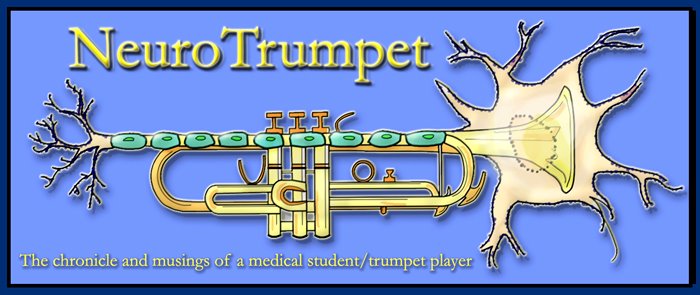“Oh, that’s fun,” I muttered to myself.
I won’t name names, but someone regularly dumps coffee grounds down the disposal drain despite clear and abundant warnings not to do so. Incidentally, this is the same person who just moved out of the house, leaving us to find another 4th roommate. Figuring that the individual responsible for the clog would return to restore order to the plumbing, I left the house to study. Upon my return I noticed that the entire kitchen floor developed a lake of brown water. Apparently, after the dishwasher was run, the water attempted to drain through the disposal pipes but was promptly impeded, backing up to the dishwasher and spilling out onto the floor.
“Marvelous,” I sighed, my socks drenched with coffee water.
Long story short, the responsible individual acknowledged the mistake but failed to adopt onus for addressing the issue, leaving the rest of us to dry the floor and fix the clog. Is this the end of the world? No. Should we be indignant toward flippant disregard for personal responsibility? Yes.
It’s a good thing I find our current material both bearable and digestible, because this past week I had four concert band rehearsals and three concerts, for one of which I had to miss lecture. One of the concerts was a salute to Michael Daughtery, a talented composer, during which each band ensemble performed one or two of his compositions. On Friday there were two “Celebration Concerts,” a large-scale tandem performance of most of the musical groups that comprise the school of music.
I came across the most awesomely hideous medical entity recently. It’s called a teratoma. It results from “uniparental disomy” of the entire genome. In other words, the offspring inherit both sets of homologous chromosomes from the same parent. In the case of a teratoma, the chromosomes come entirely from the mother (if they are from the father it results in a hydatidiform mole, which is less gross). It results in a tumor consisting of tissue derived from all three germ layers, including hair, teeth, bone, and in some cases more complex organ structures (eyes and limbs). Take a gander:













